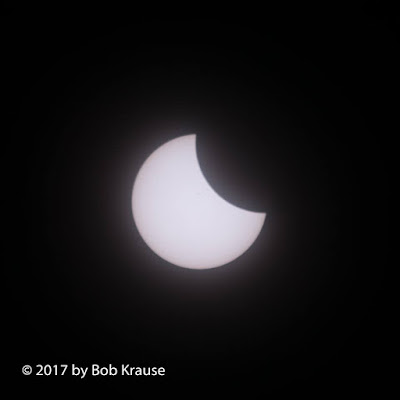Ancient Mesopotamia and Babylonian Beliefs:
In ancient Mesopotamia and Babylon, solar eclipses were viewed as omens, often associated with the anger or displeasure of the gods. Priests and astrologers meticulously recorded these celestial phenomena, believing them to foretell significant events such as wars, the rise or fall of empires, and natural disasters. Eclipses were seen as powerful messages from the divine, prompting rituals and offerings to appease the gods and restore balance.
Ancient Chinese Traditions:
In ancient Chinese culture, solar eclipses were interpreted as the result of a celestial dragon devouring the sun. To ward off the dragon and ensure the return of sunlight, people engaged in various rituals, including banging drums, making loud noises, and shooting arrows into the sky. The belief was that these actions would frighten the dragon away, allowing the sun to emerge again. Solar eclipses were also seen as harbingers of doom and were associated with the downfall of rulers or dynasties.
Indigenous Peoples' Spiritual Connections:
Indigenous cultures worldwide have unique interpretations of solar eclipses, often rooted in spiritual traditions and connections to nature. For many indigenous peoples, eclipses are seen as moments of spiritual renewal and introspection, symbolizing the cyclical nature of existence and the interconnectedness of all living beings. Rituals and ceremonies honor the celestial event and harness its energy for healing, growth, and transformation.
Hindu Mythology and Symbolism:
In Hindu mythology, the solar eclipse is depicted as the result of the demon Rahu swallowing the sun and later releasing it. This mythological narrative symbolizes the eternal struggle between light and darkness, good and evil. Solar eclipses are viewed as auspicious times for spiritual practices such as meditation, prayer, and charity, offering inner purification and enlightenment opportunities. Temples may also conduct special ceremonies to invoke divine blessings and protection during this celestial event.
Contemporary Perspectives and Approaches:
While ancient cultures viewed solar eclipses through a lens of mysticism and mythology, contemporary society approaches these phenomena with a blend of scientific understanding and awe-inspiring wonder.
Advancements in astronomy and technology allow us to predict and observe eclipses with remarkable precision, unraveling the mechanics of these cosmic events. Yet, even in our modern age, solar eclipses continue to evoke a sense of awe and reverence, reminding us of the enduring mysteries of the universe and our place within it.
Solar eclipses bridge the tangible world we inhabit and the vast mysteries of the cosmos. Across cultures and civilizations, these celestial phenomena have inspired awe, wonder, and spiritual contemplation.
Whether interpreted as omens, symbols of renewal, or manifestations of cosmic forces, solar eclipses remind us of the profound interconnectedness of all things and the enduring quest to comprehend the mysteries of existence.
As we safely gaze up at the darkened sun during an eclipse, we are reminded of our place in the vast tapestry of the universe, where science and spirituality converge in a dance of exploration and wonder.
Safety Glasses For Viewing the Eclipse:
ISO 12312-2 Certification: Look for glasses that meet
the ISO 12312-2 international safety standard for filters for direct
observation of the sun. This certification ensures the glasses have
been tested and meet the required safety standards for viewing the sun.
Eclipse Glasses Available on Amazon































